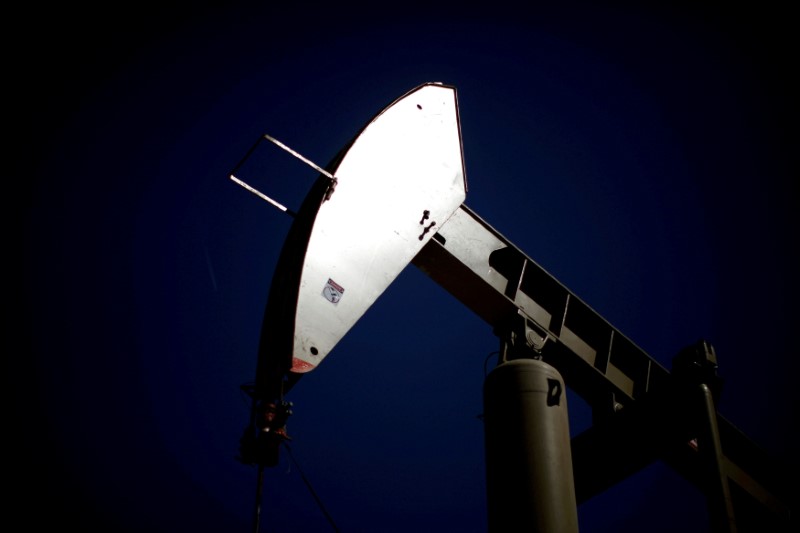By Henning Gloystein
SINGAPORE (Reuters) - Oil prices on Wednesday dipped away from the mid-2015 highs reached the previous session as high output in the United States and also Russia undermined ongoing efforts led by OPEC to tighten the market.
U.S. West Texas Intermediate (WTI) crude futures (CLc1) were at $60.34 a barrel at 0739 GMT, down 3 cents from their last close, though still not far off the price of $60.74 reached on the previous day that was the highest since June 2015.
Brent crude futures (LCOc1) - the international benchmark for oil prices - were at $66.49 a barrel, down 8 cents but still not far off the price of Tuesday's high of $67.29 that was the most since May 2015.
Traders said the dips followed indications that markets had recently overshot as U.S. production is set to rise further and doubts are emerging about whether demand growth can continue at current levels.
Ole Hansen, head of commodity strategy at Denmark's Saxo Bank warned "multiple but temporary supply disruptions" like the North Sea Forties and Libyan pipeline outages (and) protests across Iran ... helped create a record speculative long bet."
With the pipeline outages resolved and the protests in Iran showing no signs of impacting its oil production, Hansen said there was potential for a price downturn in early 2018, especially due to rising U.S. output.
"It is only a matter of time before the 10 million barrel per day (bpd) production target will be reached," Hansen said.
U.S. oil production
There was also some concern that Russian oil output is in fact not falling. The country is the world's biggest oil producer and one of the key backers, together with the Organization of the Petroleum Exporting Countries (OPEC), in cutting supplies.
As part of the supply cut deal, Russia pledged to reduce its output by 300,000 bpd from the 30-year monthly high of 11.247 million bpd hit in October 2016, which it achieved by the second quarter of 2017, according to Russian energy ministry data.
For the whole of 2017, however, Russian output rose to an average of 10.98 million bpd, compared with 10.96 million bpd in 2016 and 10.72 million bpd in 2015.
"Even though they have reduced that astronomical number (from Oct. 2016), they are still producing more (in 2017 than in 2016)," said Matt Stanley, a fuel broker at Freight Investor Services (FIS) in Dubai.
Saxo Bank's Hansen said he also had "some concerns about the Chinese economy in 2018 that ultimately could lead to lower than expected demand growth."

As a result, he said his bank saw lower crude prices by the end of the year, with Brent at $60 per barrel and WTI at $57.